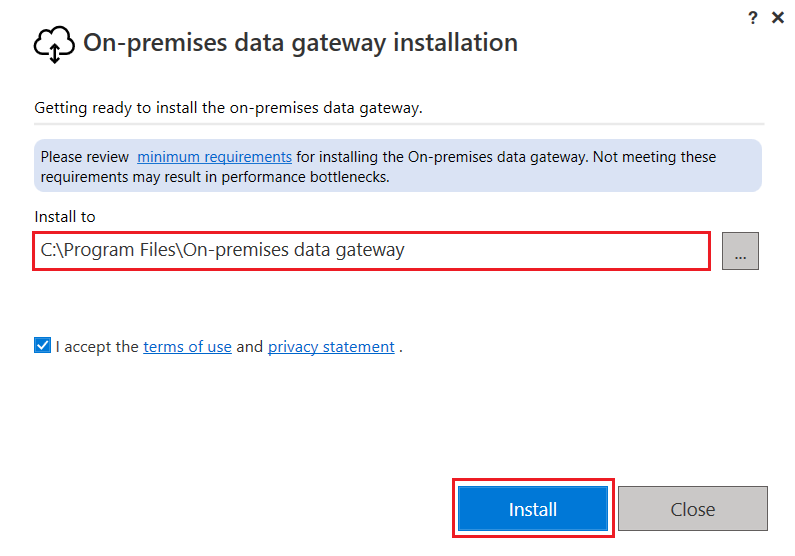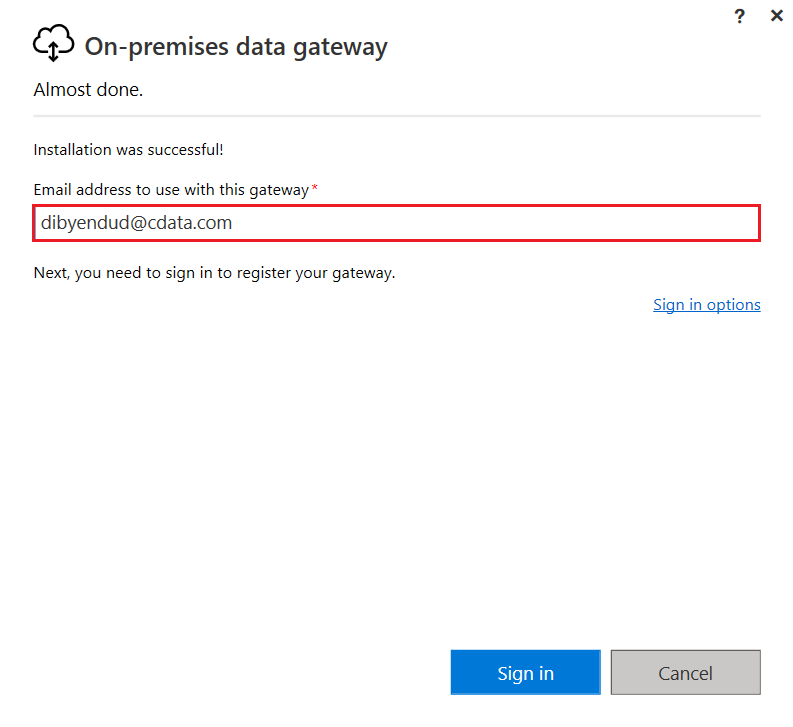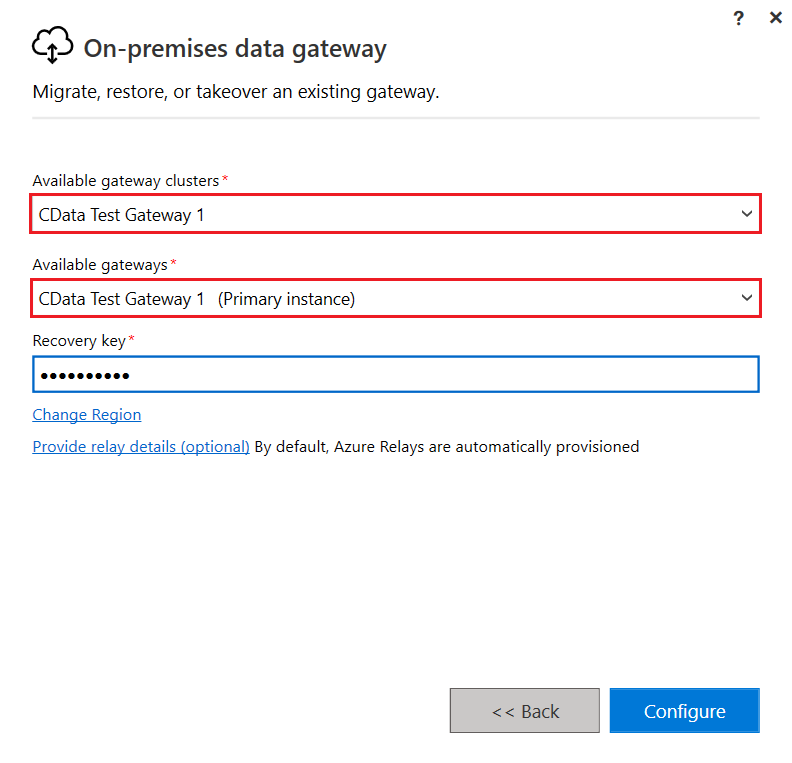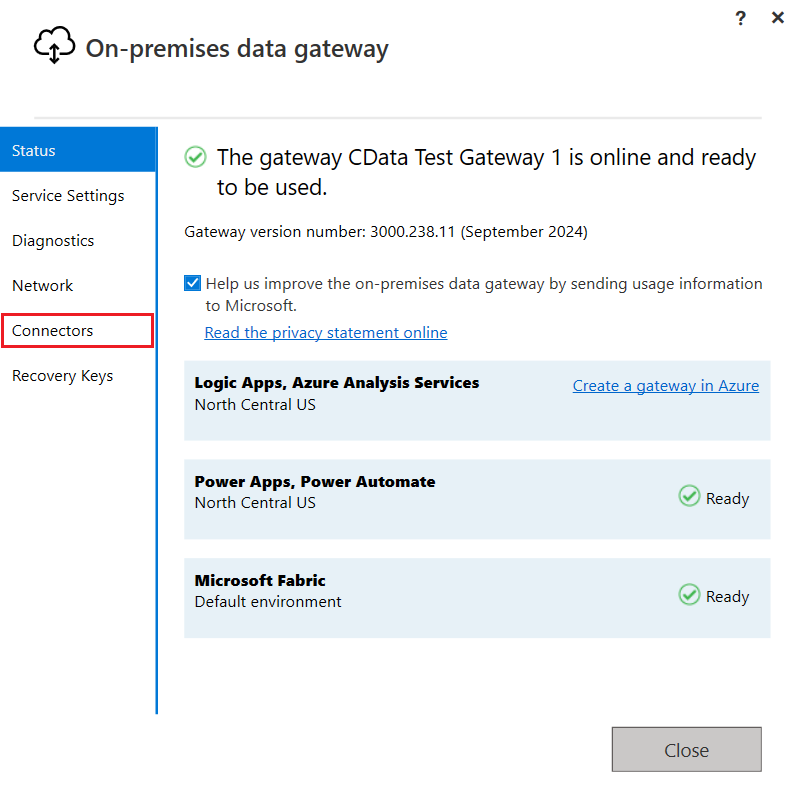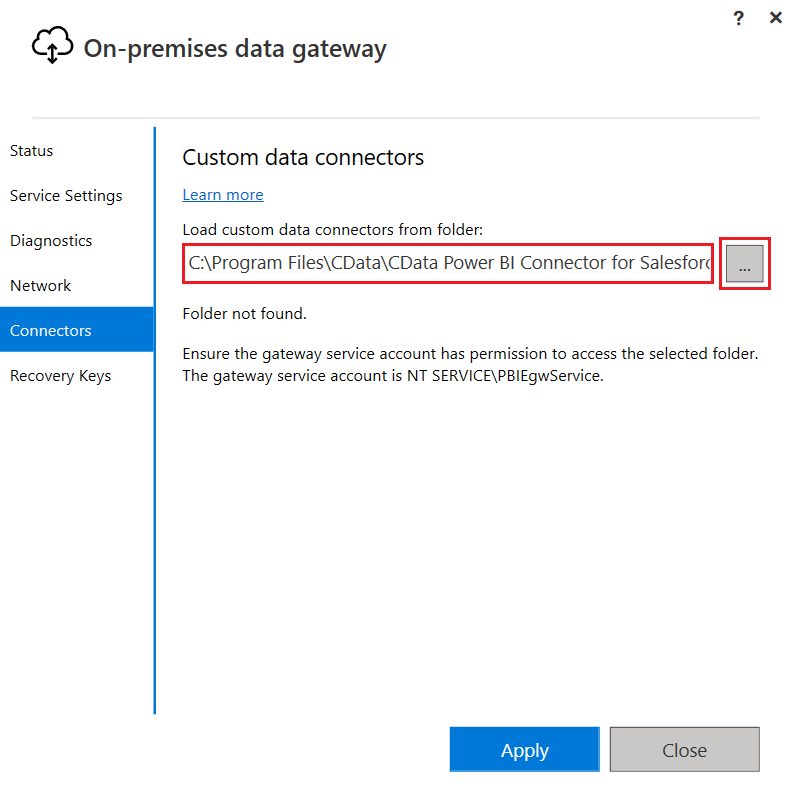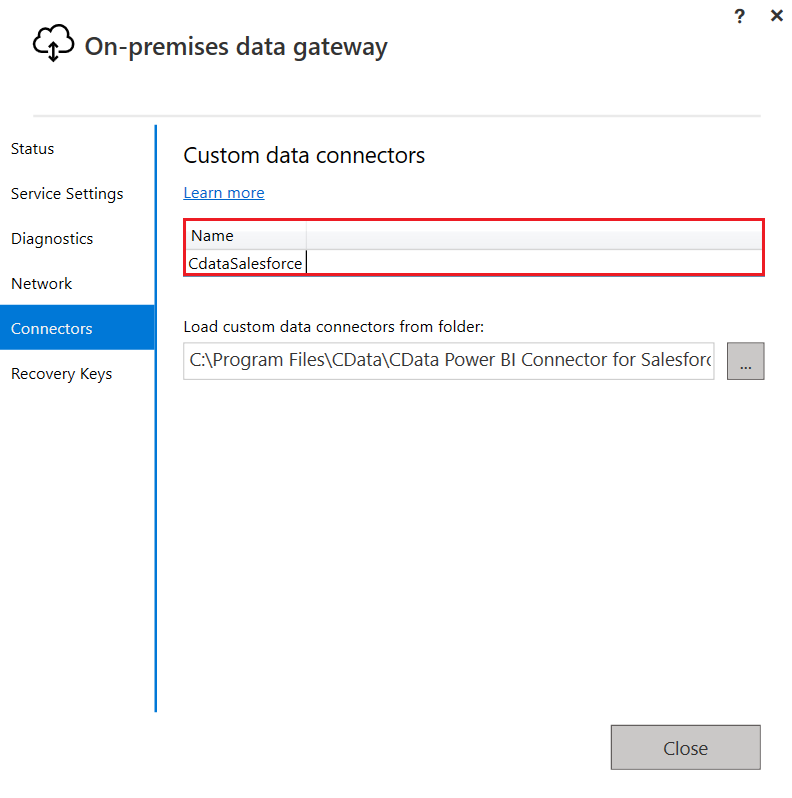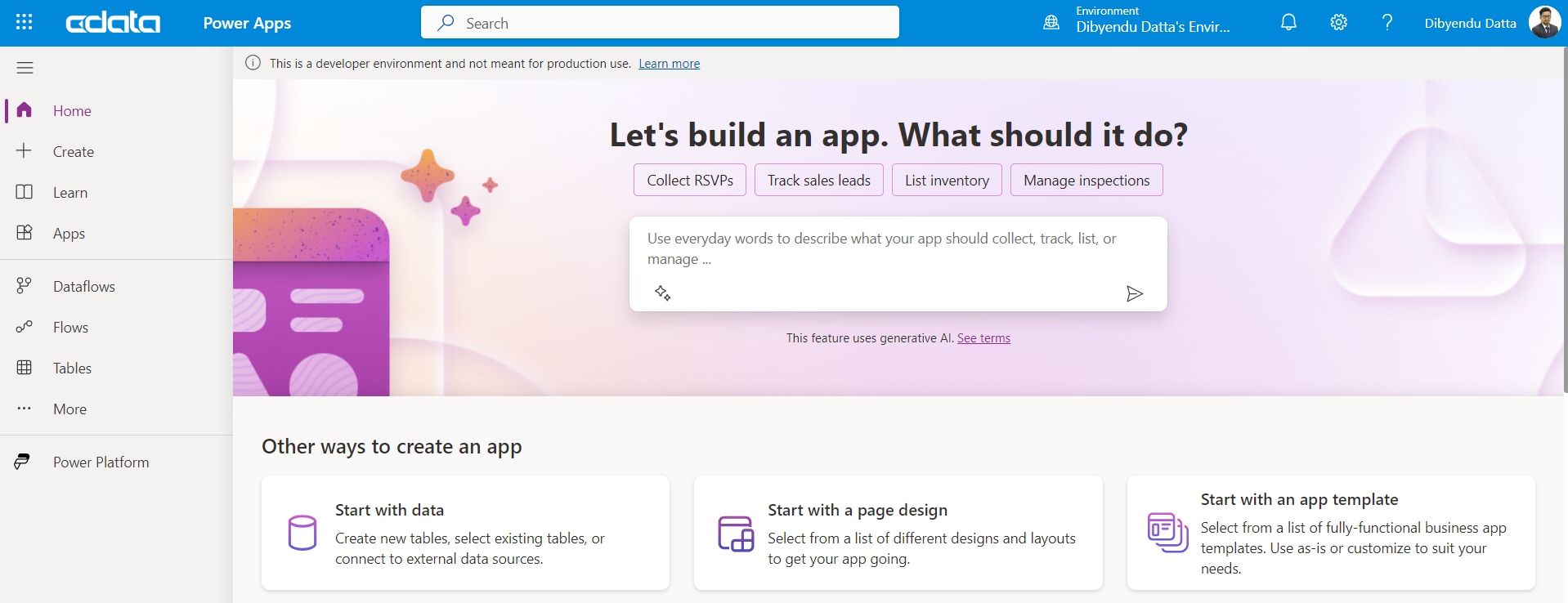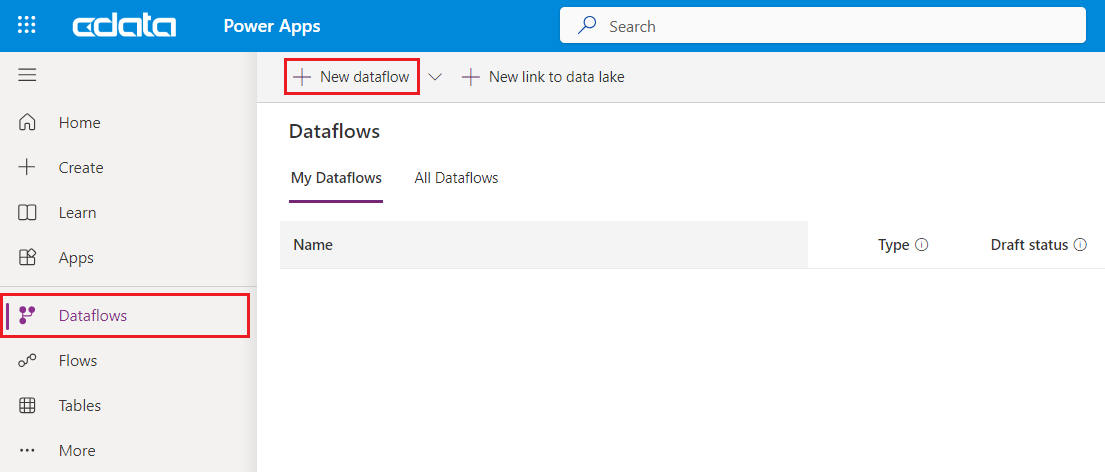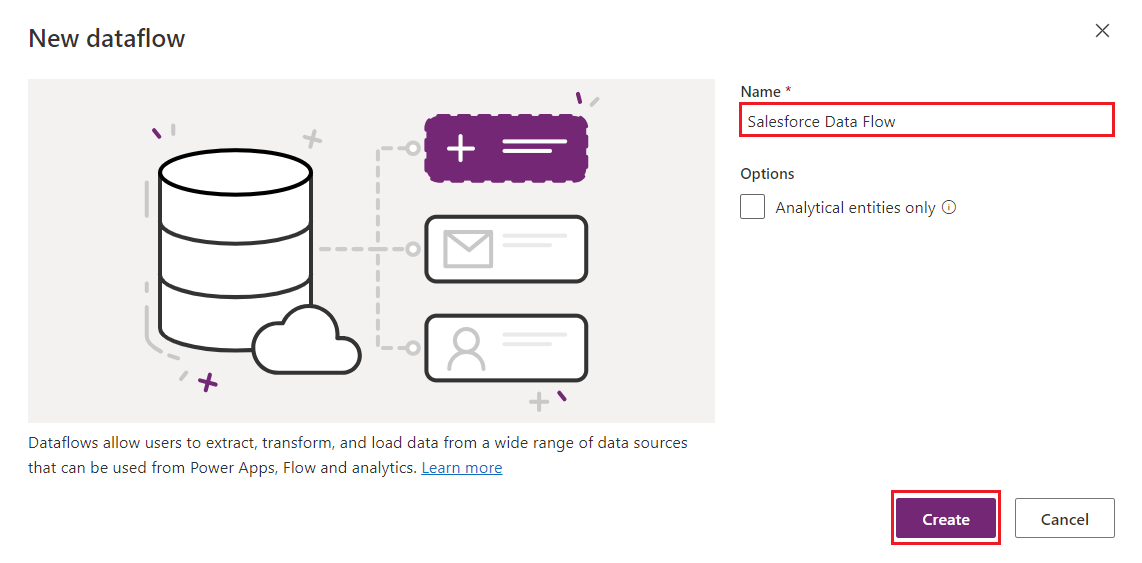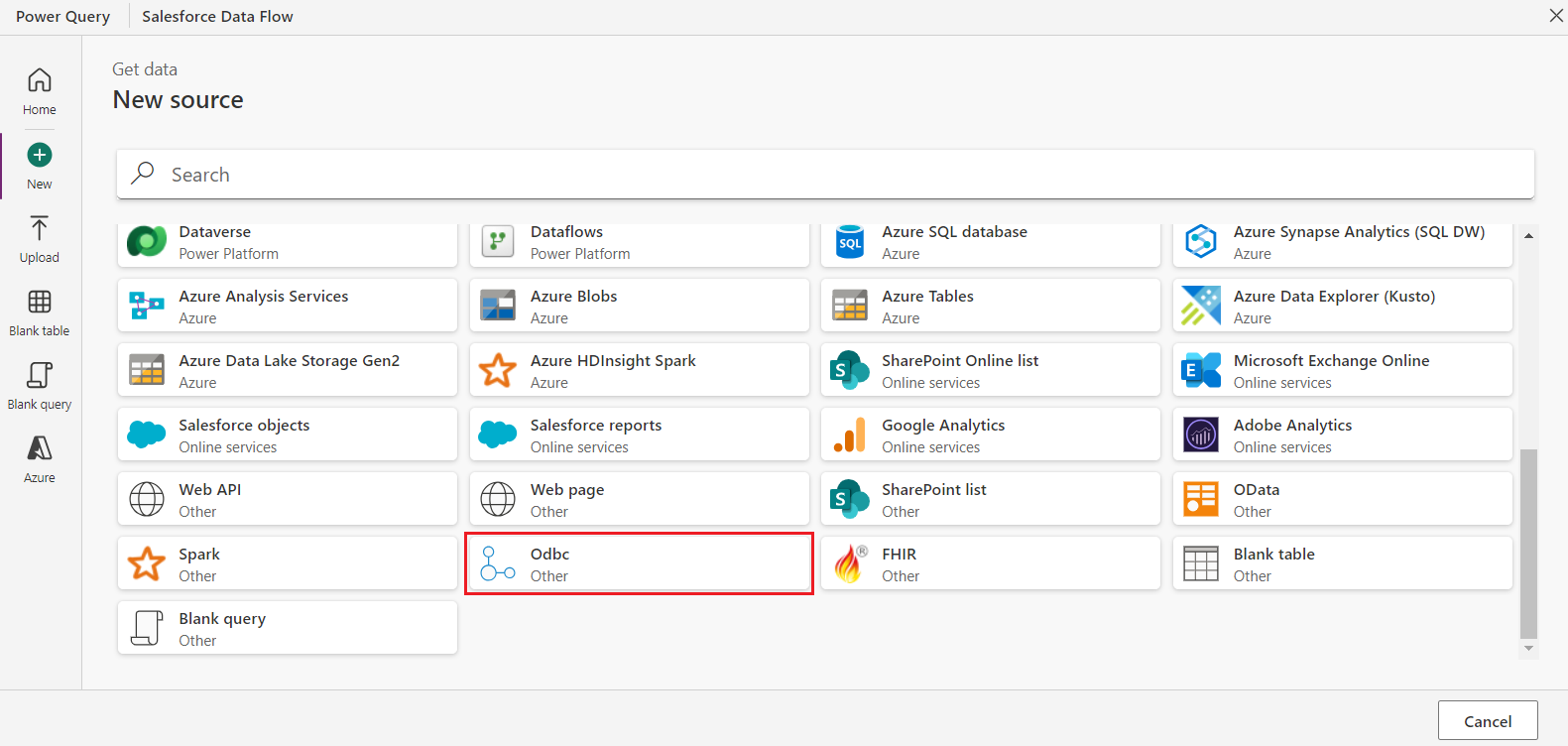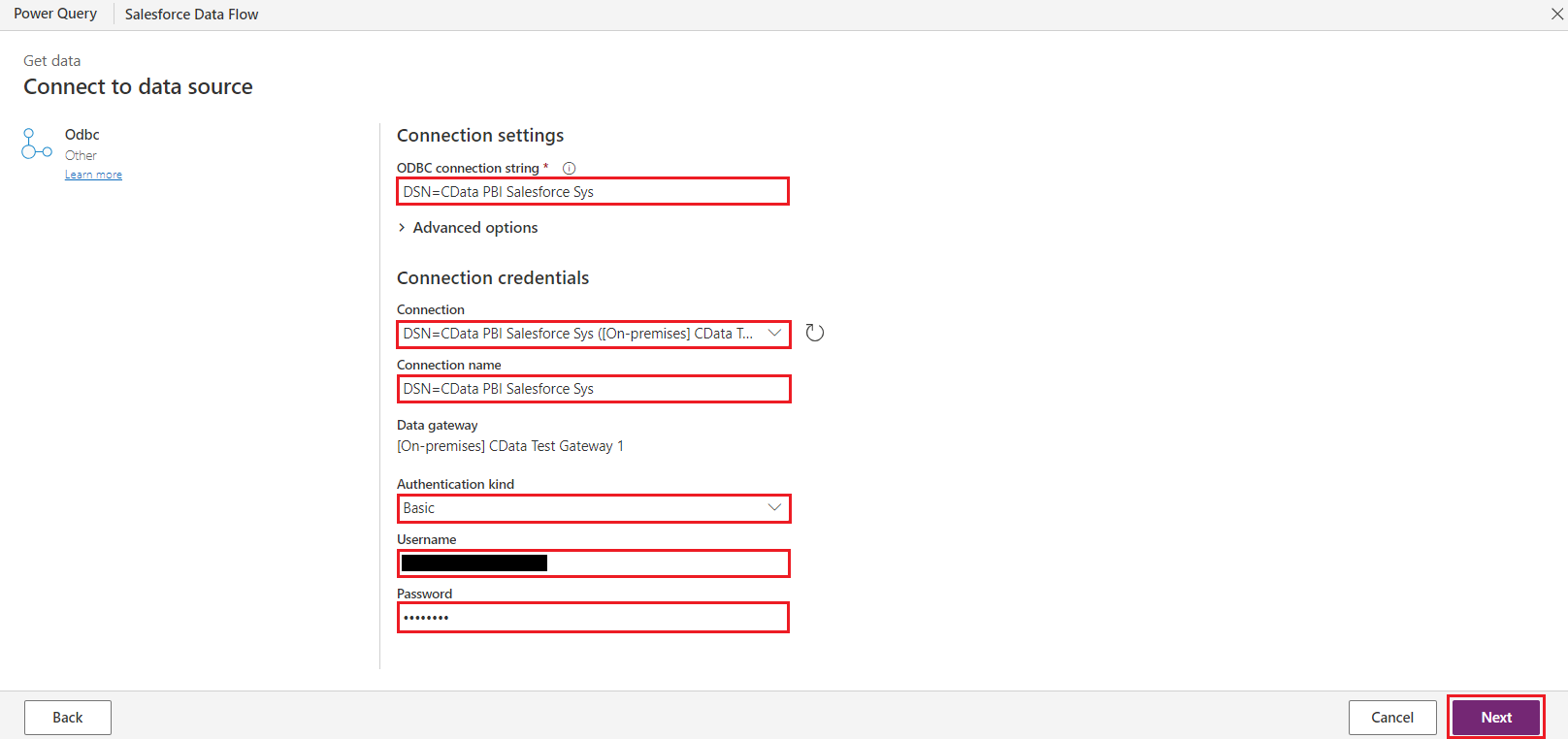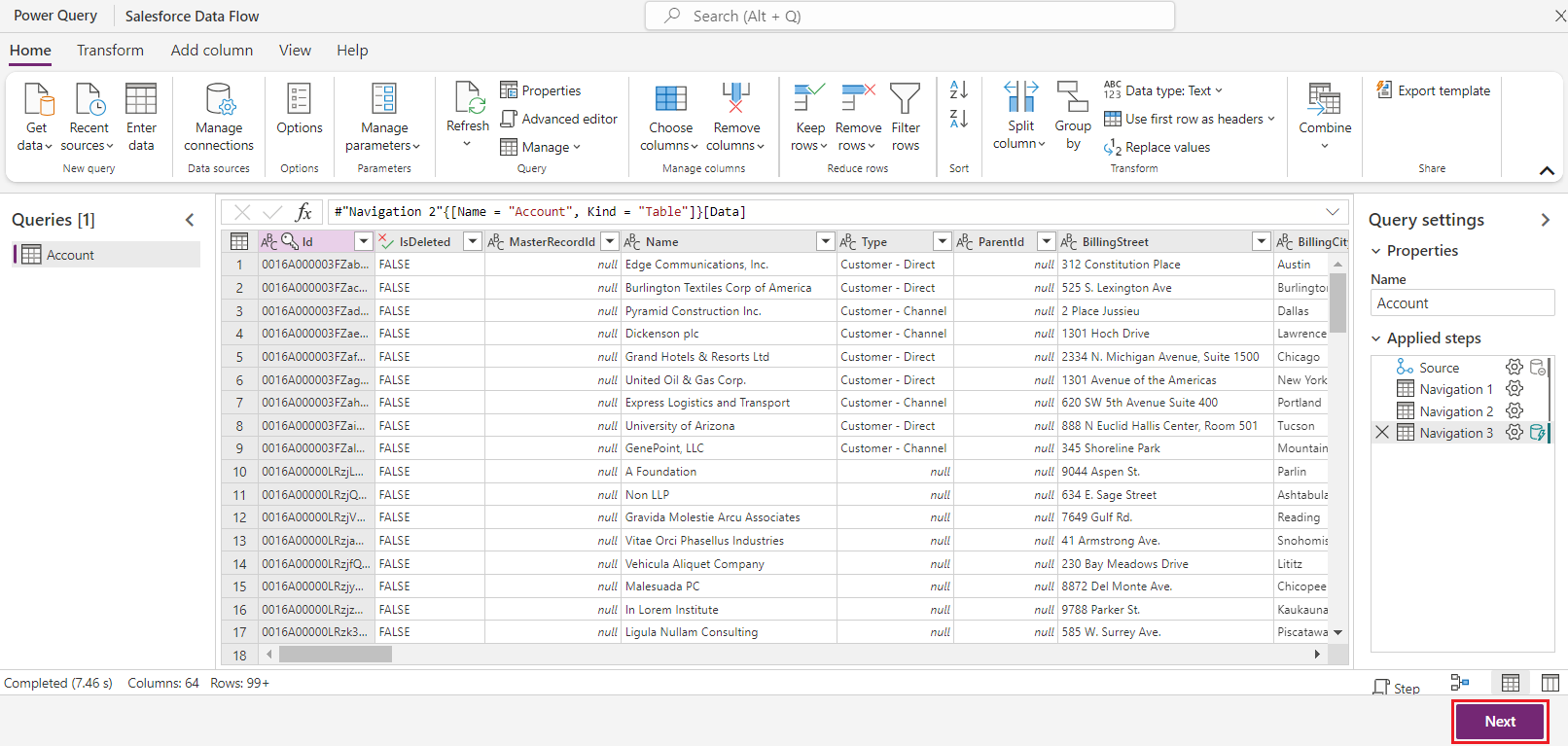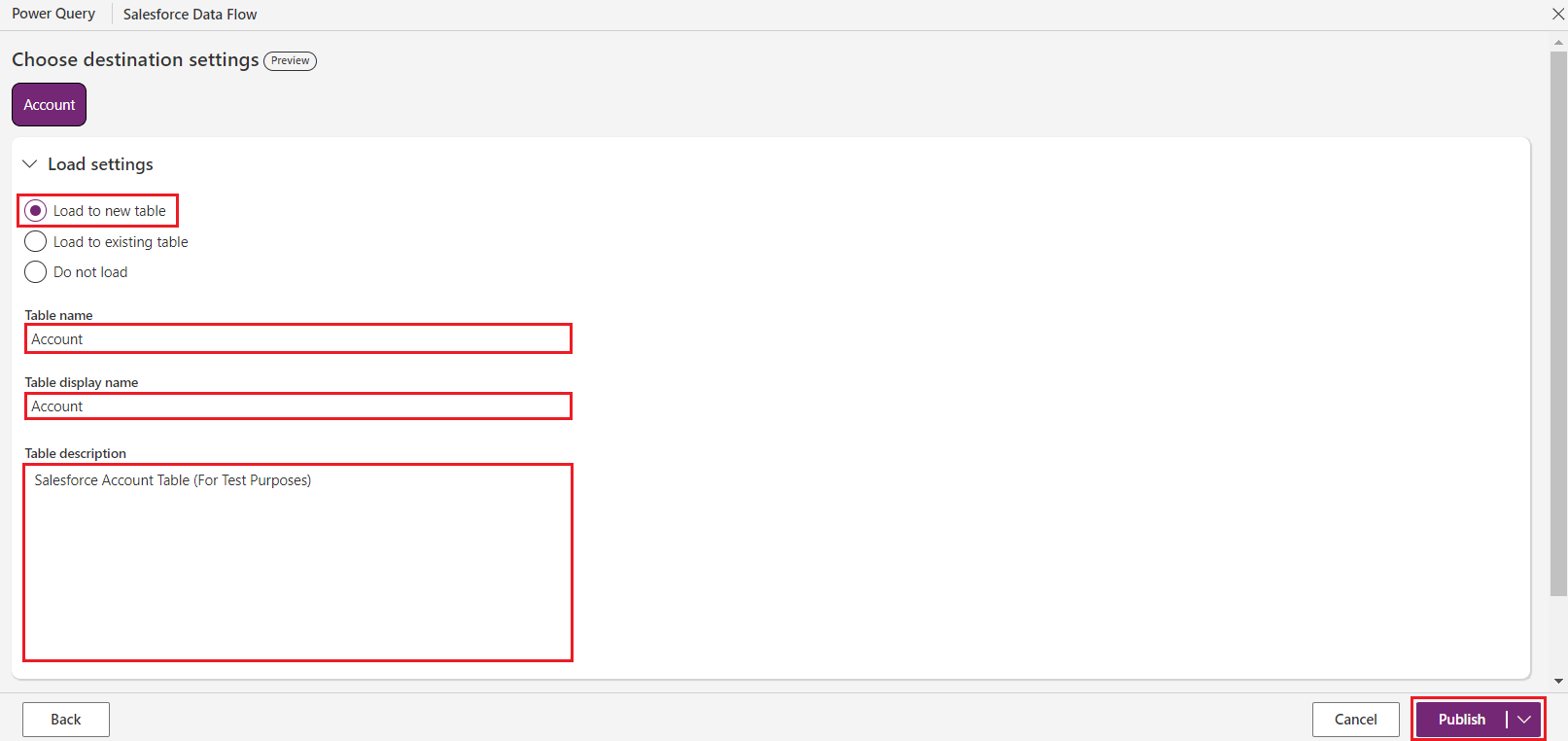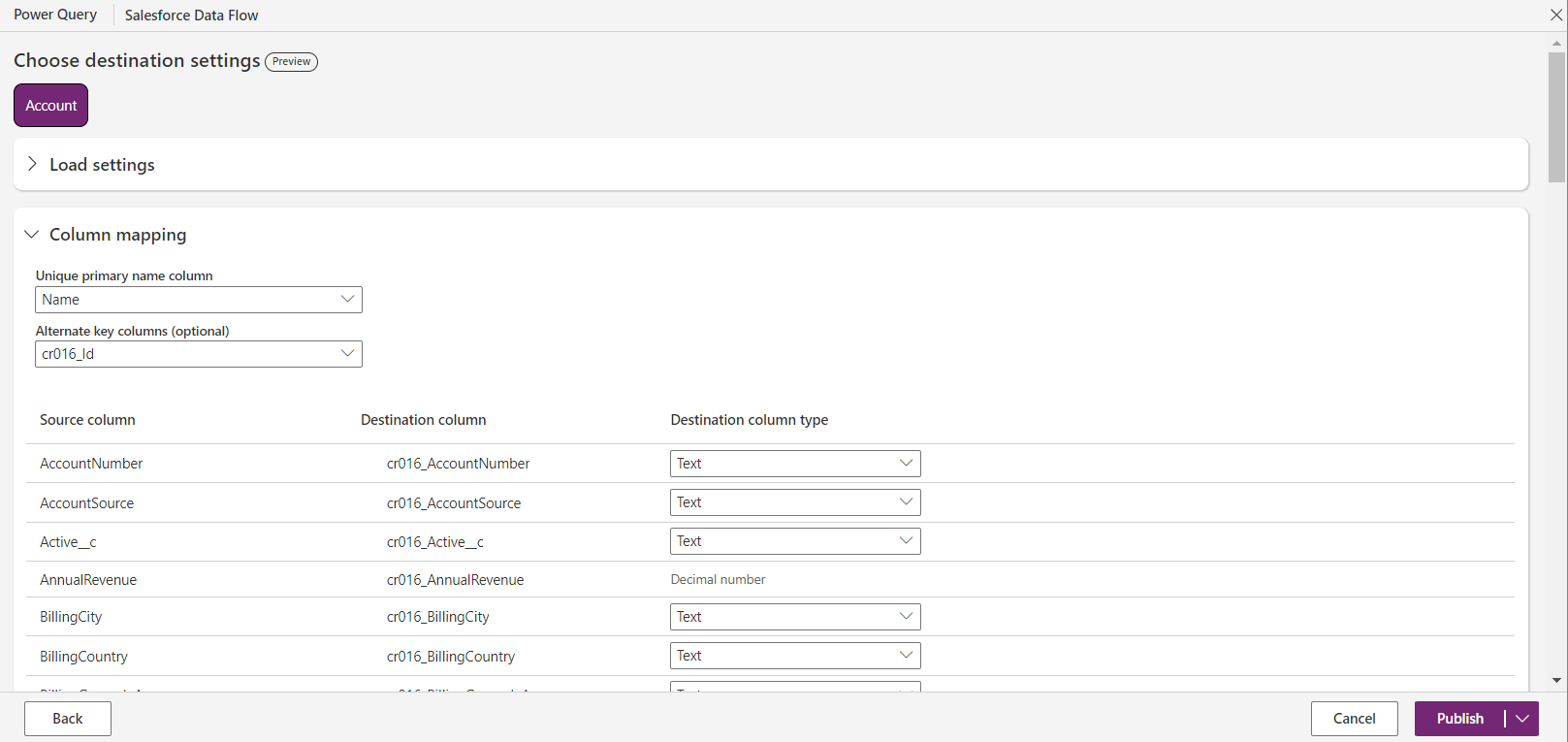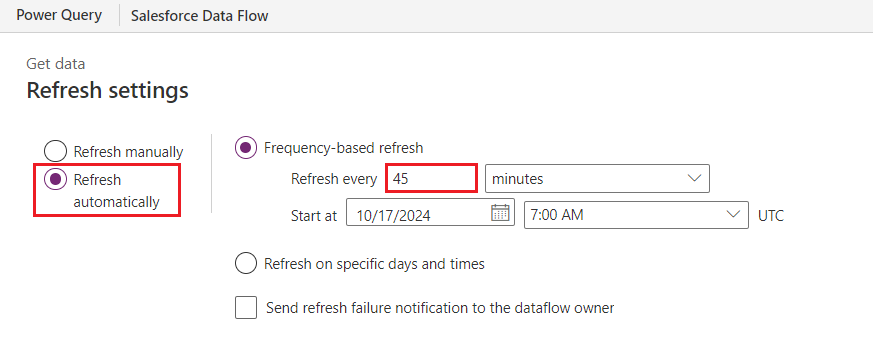Discover how a bimodal integration strategy can address the major data management challenges facing your organization today.
Get the Report →Connect to Real-Time XML Data in Power Apps Using Dataflows to Build Custom Applications
Use CData Power BI Connector for XML and Dataflow to import and use XML data in Power Apps.
Power Apps is a suite of apps, services, and connectors that allows users to build custom applications with minimal or no coding. It empowers businesses to create tailored apps that solve specific business challenges, automate workflows, and integrate with various data sources, including Microsoft Dataverse, SQL Server, and third-party services.
Dataflows in Power Apps simplify the process of importing, transforming, and loading external data into Microsoft Dataverse or other storage systems. They allow users to connect to multiple data sources (like Salesforce, Excel, or SQL databases), clean or shape the data, and store it in Power Apps. When paired with the CData Power BI Connector for XML, it provides access to XML data to build custom applications and more
This article demonstrates how you can easily connect to XML using the CData Power BI Connector for XML and integrate your XML data through the Power Apps on-premises data gateway.
Configure a DSN to connect to XML data
Installing the Power BI Connector creates a DSN (data source name) called CData PBI XML Sys. This the name of the DSN that Power BI uses to request a connection to the data source. Configure the DSN by filling in the required connection properties.
You can use the Microsoft ODBC Data Source Administrator to create a new DSN or configure (and rename) an existing DSN: From the Start menu, enter "ODBC Data Sources." Ensure that you run the version of the ODBC Administrator that corresponds to the bitness of your Power BI Desktop installation (32-bit or 64-bit).
See the Getting Started chapter in the data provider documentation to authenticate to your data source: The data provider models XML APIs as bidirectional database tables and XML files as read-only views (local files, files stored on popular cloud services, and FTP servers). The major authentication schemes are supported, including HTTP Basic, Digest, NTLM, OAuth, and FTP. See the Getting Started chapter in the data provider documentation for authentication guides.
After setting the URI and providing any authentication values, set DataModel to more closely match the data representation to the structure of your data.
The DataModel property is the controlling property over how your data is represented into tables and toggles the following basic configurations.
- Document (default): Model a top-level, document view of your XML data. The data provider returns nested elements as aggregates of data.
- FlattenedDocuments: Implicitly join nested documents and their parents into a single table.
- Relational: Return individual, related tables from hierarchical data. The tables contain a primary key and a foreign key that links to the parent document.
See the Modeling XML Data chapter for more information on configuring the relational representation. You will also find the sample data used in the following examples. The data includes entries for people, the cars they own, and various maintenance services performed on those cars.
Configure the on-premises data gateway to recognize the CData Power BI Connector for XML
In this section, we will configure the on-premises data gateway to detect the CData Power BI Connector for XML installed on your system. If you haven't installed the data gateway yet, you can download it from Microsoft's official website.
Set Up the Power BI Gateway
Follow the given process to configure the on-premise data gateway on your machine:
- Download and install the on-premises data gateway (recommended) option.
![Install the On-Premise Data Gateway]()
- Sign into the gateway.
![Sign into the gateway using your email-id]()
- Create a name for the new gateway and specify a recovery key.
![Add a name and a recovery key to the gateway]()
- Open the new gateway, navigate to the Connector tab, and select the path C:\Program Files\CData\CData Power BI Connector for XML from the folder. Click on Apply.
![The new gateway is now configured and ready to be used]()
![Add the installation path to the CData Power BI Connector for XML]()
NOTE: Select the folder where the gateway will search for the CData Power BI Connector.
- Once the CData Power BI Connector for XML is identified by the gateway, you're good to go.
![The CData Power BI Connector for XML is identified by the gateway]()
Configure a dataflow connection in Power Apps
Once the on-premise data gateway is configured and a new gateway is created, follow these steps to create a dataflow that pulls in the XML data into Power Apps:
- Open Power Apps.
![Open Power Apps]()
- Select Dataflows from the left panel on the Power Apps screen and click + New Dataflow.
![Create a new dataflow]()
- Provide a name to the dataflow and click Create.
![Add a name to the dataflow]()
- Select ODBC from the list of data sources.
![Select ODBC]()
- On the ODBC Connection settings screen, use the connection details you set up earlier by entering DSN=Connection name (in this case, DSN=CData PBI XML Sys) in the connection string. The on-premise data gateway will display available gateways for connection - select the one you created. Due to the current specifications of Power Apps dataflows, authentication is required for ODBC connections. Choose Basic as the authentication type and enter the XML Username and Password. Click Next.
![Configure the connection settings]()
- XML is now connected to Power Apps. Under Display options, expand CData under ODBC and XML under CData, and a list of all the XML tables will appear in the panel. When you select any one of these tables, a preview will appear, showing that the XML data is correctly referenced through the Power BI connector and on-premise data gateway. Next, click on Transform Data.
![Click on Transform Data]()
- On the query editing screen, if no column conversion is needed, you can skip this step and proceed by clicking on Next.
![Click on Next]()
- In the Choose destination settings screen, you can select how the selected table needs to be loaded by choosing options like Load to new table, Load to existing table, and Do not load. You can also change the Table display name and description as required.
![Select how the table needs to be loaded]()
![Choose the destination settings]()
- Finally, choose how you'd like to update your data: Refresh manually or Refresh automatically. In this case, we have set it to Refresh automatically. By scheduling it to update every 45 minutes, as shown below, data will be collected and registered every 45 minutes timeframe, ensuring the most up-to-date information is always available. (You can select any timeframe based on your convenience)
![Choose among the two refresh settings]()
- Click on Publish. The dataflow will now be created, published, and displayed as a part of the dataflow list on the Dataflows screen.
![Publish the dataflow]()
Get Started Today
At this point, you will have created a dataflow using live XML data and connected it to Power Apps. To learn more, explore the CData Power BI Connectors for Salesforce and download a free 30-day trial from the CData Power BI Connector for XML page.
Feel free to reach out to our Support Team with any questions.





